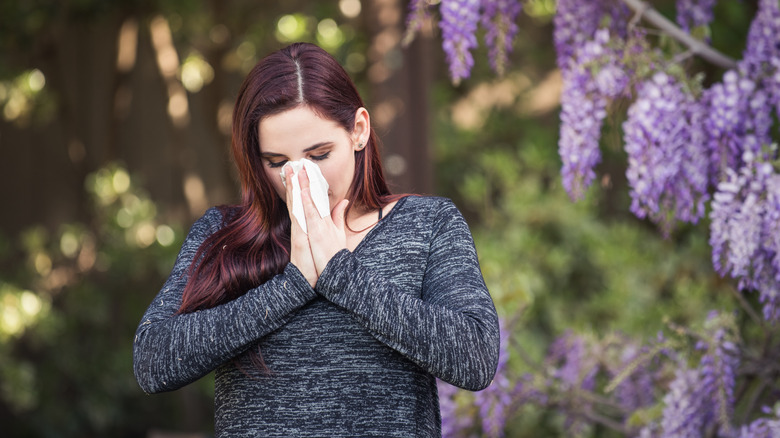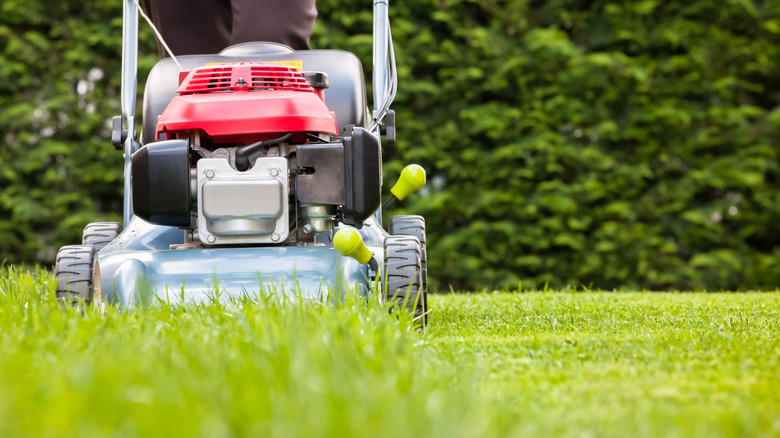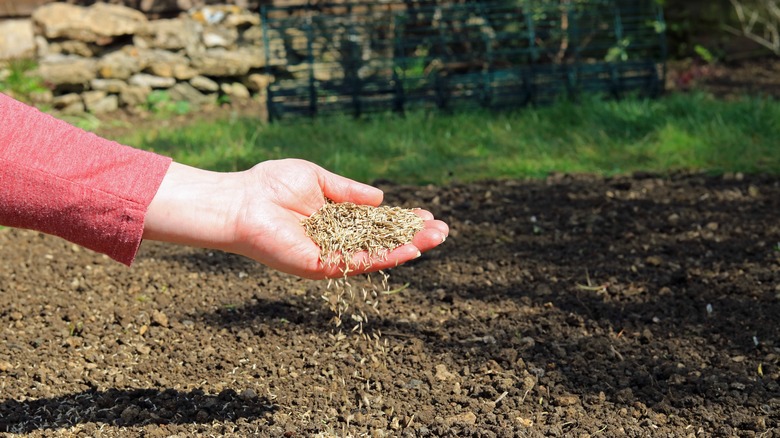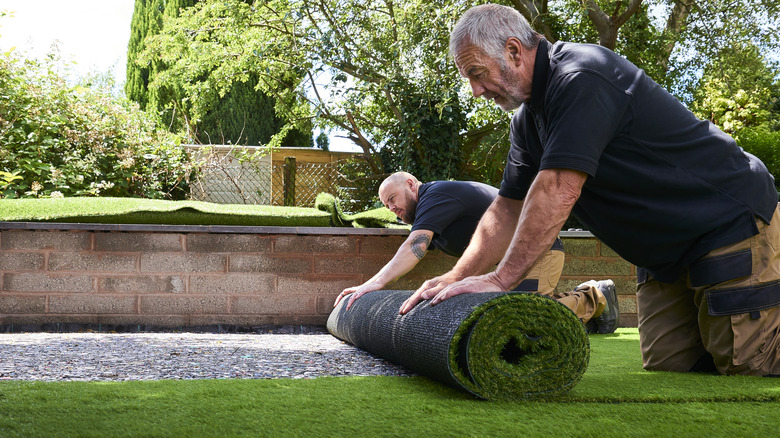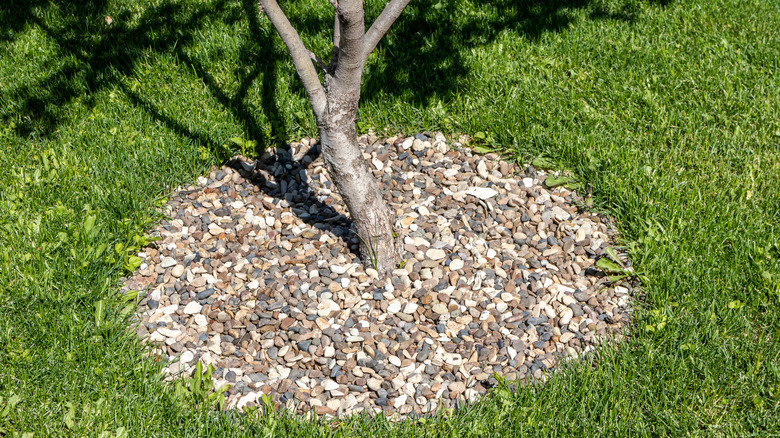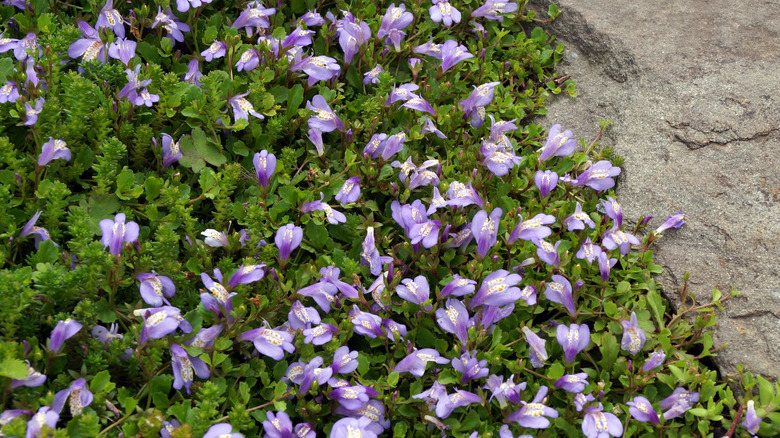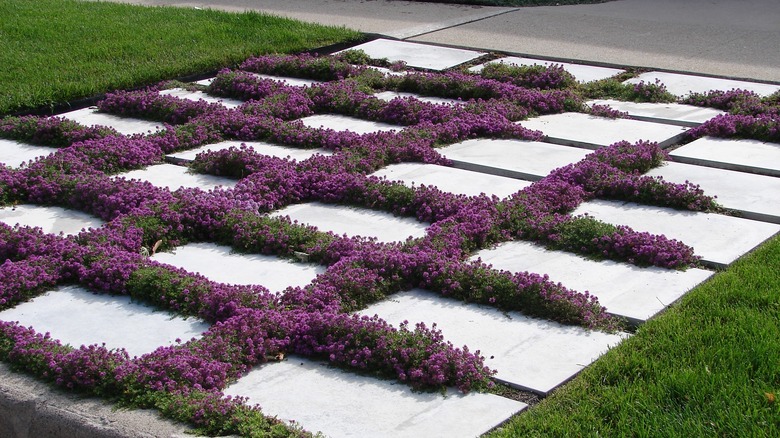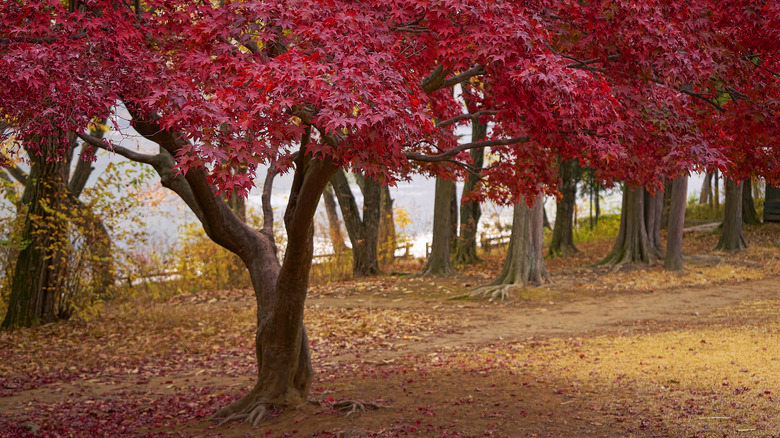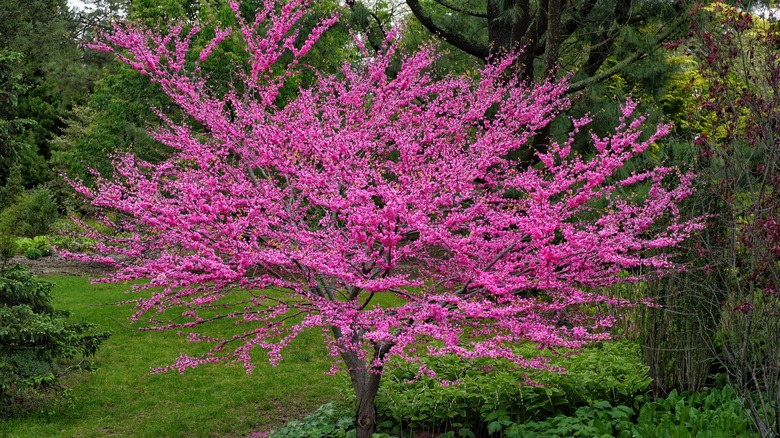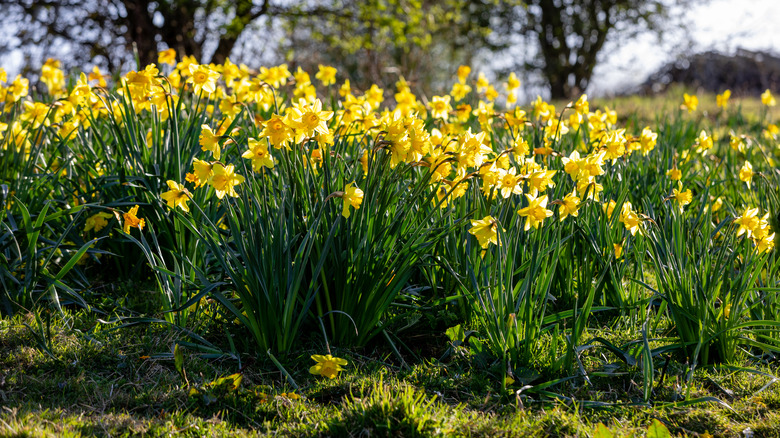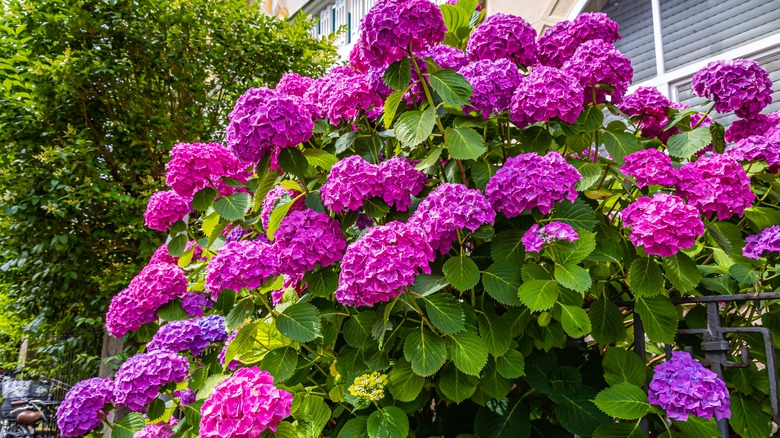Enjoy Your Lawn Allergy-Free With These Beautiful Landscaping Ideas
If you suffer from bad seasonal allergies, you probably don't spend much time in your yard out of fear that plants will make you feel sick. This could ruin your mood, especially if the weather is nice. Luckily, there are ways to keep your lawn and outdoor space allergy-free with careful planning and by choosing low-allergenic plants. Using the right elements in your space, like rocks instead of mulch, could keep you from constantly sneezing or coughing while spending time outside.
When choosing which plants are right for your space, you should take into account how much pollen they produce, their size, the weight of their pollen, and how long they bloom. It's also best to look for female dioecious plants, as these will help keep your allergies under control. Dioecious refers to the plant having either male or female organs instead of both. Planting dioecious male plants will lead to more pollen in your yard, while female ones will keep pollen out of the air. While choosing the right plants is crucial, it's equally important to avoid using allergy-inducing plants as well. You'll find 10 ways to keep your lawn allergy-free below.
Choose low-maintenance materials
You may want to consider a low-maintenance garden with hard landscaping. Concrete, decking, and pebbles can be perfect lawn substitutes if you want to spend more time relaxing in your garden but you struggle with seasonal allergies. Alternatively, keeping your lawn short could also be beneficial, as grass and weeds are some of the most common allergy triggers.
Decide upon the best grasses for allergy sufferers
Certain types of grass release small grains of pollen that can travel very long distances and trigger allergic reactions in some people. However, some types are more suitable if you struggle with seasonal allergies but still want to enjoy your lawn. For example, you could try St. Augustine grass or female buffalograss, but avoid bermudagrass and ryegrass.
Try synthetic turfs
Some gardeners may turn their nose up at the thought of artificial grass, but it might not be a bad idea if it means you can spend more time in your garden enjoying the sun and soaking up all that vitamin D. Clearly, this is an ideal choice, as synthetic turf doesn't produce any allergens. Plus, you won't have to stress about kicking pollen up into the air every time you mow the lawn because this low-maintenance option doesn't require any mowing.
Avoid using mulch
Gardeners love using mulch around thirsty plants to help the soil retain moisture, but this could be bad news for people with allergies. This is because mulch can be a breeding ground for mold. However, you shouldn't leave your soil uncovered either, as this risks more dust entering the air and creating breathing problems. Having some form of ground cover also helps to suppress weeds. You could add a pretty rock garden or use gravel or oyster shells instead of mulch.
Use weed-suppressing cover plants
Most gardens require some weeding, but the problem with this is that you have to get close to the ground to do it, meaning your nose and mouth will be closer to plants and flowers that may be releasing pollen into the air. One way to avoid this problem is not to do any weeding, but you'll need to suppress the weeds somehow. You could try using weed-suppressing ground cover plants like hardy geraniums and creeping mazus. They are low-growing, and some produce a carpet of foliage, meaning that they can replace traditional grass.
Add other ground-cover plants
Ground-cover plants that creep quickly over your garden beds are a great way to craft a beautiful landscape in your garden without the need for grass. There are plenty of allergy-friendly ideas for you to choose from, including creeping thyme, which will spread quickly once established. Corsican mint is another option that comes with a pleasantly fresh aroma. More green carpet plants include dense pachysandra and ajuga, which have blue-toned flowers that pair well with so many spring bulbs and early perennials.
Include female trees
When planting trees in your garden, it's best to go for female dioecious trees instead of male trees or monoecious plants that produce both male and female flowers. Male dioecious trees will shoot their pollen into the air, where it will linger if there are no females of the same variety with flowers to receive the pollen. Therefore, the best way to reduce the amount of pollen in your yard is to choose female dioecious trees, as they don't produce pollen but will help remove it from the air instead.
Plant allergy-friendly trees
There are plenty of hypoallergenic trees to choose from, depending on the look you're going for in your garden. Ask at your local garden center if they stock female red maple, as it is easy to get confused with a male or even a monoecious tree like the popular Japanese maples. American holly trees are wonderful landscape plants for allergy sufferers, and the berries will lead birds into your garden as well. Another option is the pretty eastern redbud tree that's known for its vibrant color.
Opt for allergy-friendly flowers
Did you know that allergy-friendly flowers are usually much more vibrant and attractive? The reason for this is that they are designed by nature to attract insects for pollination instead of being wind-pollinators, which means that their bright colors attract bees, butterflies, and birds. Therefore, you can create a beautiful flower display in your garden without having to worry about getting the sniffles. Daffodils, day lilies, peonies, and petunias are all common varieties you could use. Other types include the butterfly weed, purple coneflower, and the brilliant scarlet-colored cardinal flower.
Use allergy-friendly shrubs
Planting a few varieties of flowering shrubs in your garden is an easy way to create a space that looks well-designed. You only need to pair a couple of complementary shrub varieties for maximum style and impact. For example, hydrangeas and azaleas work really well together as allergy-friendly companion plants, requiring the same growing environment with some shade and slightly acidic, well-draining soil. Easy-to-grow viburnums come in evergreen or deciduous varieties with highly fragrant flowers that bloom in different seasons. Hibiscus is another allergy-friendly shrub that's especially beautiful.
